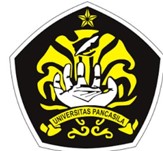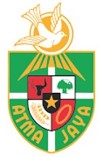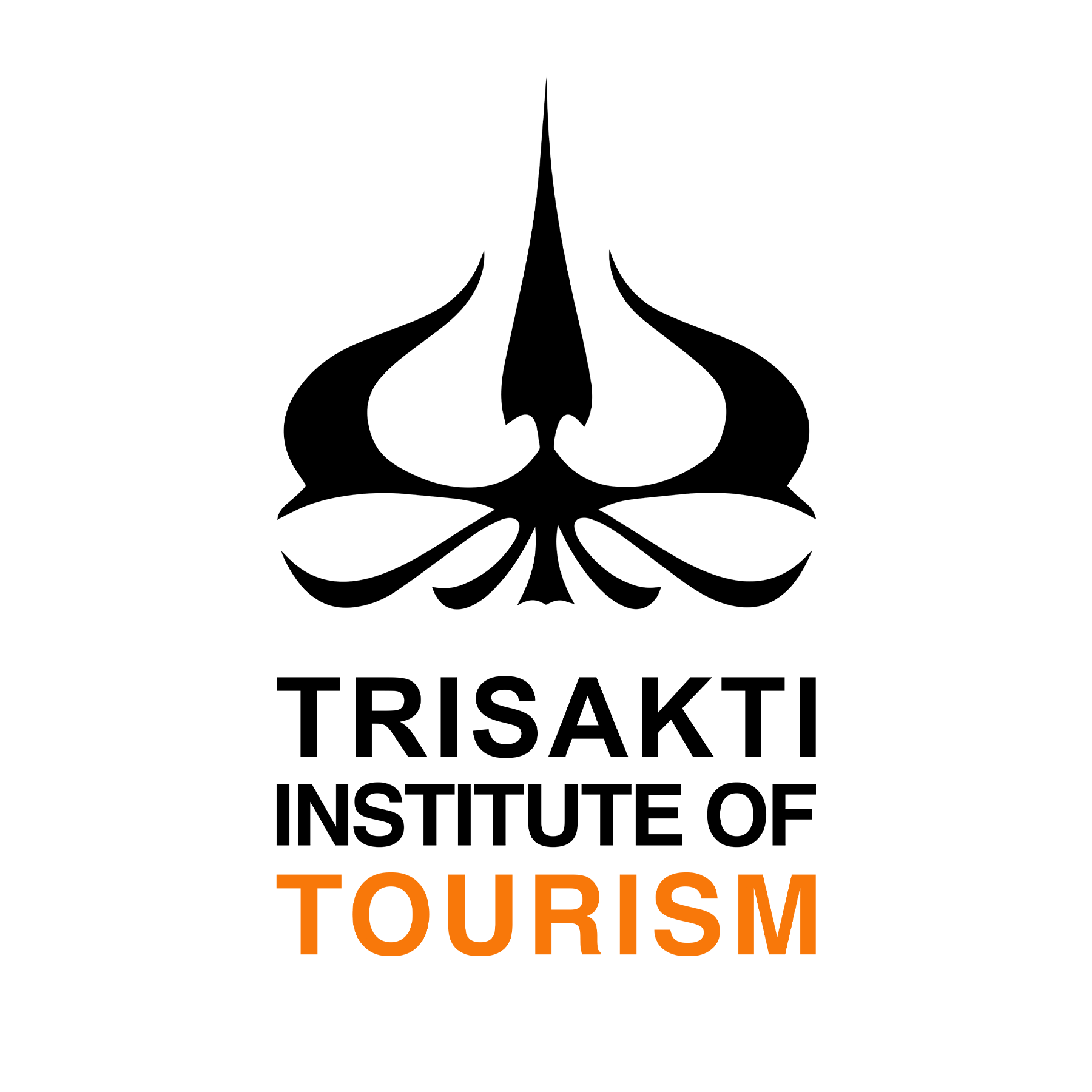LOCAL CULINARY HERITAGE AND TOURISM MARKETING STRATEGY TO PROMOTE MALAYSIA AS TOURIST DESTINATION
Abstract
Full Text:
PDFReferences
Abdullah, R., & Isa, S S. (2020). Gastronomy Tourism Growth in Malaysia: A Case Study of Malay Restaurants Performance in Klang Valley. Journal of Hospitality and Tourism Education, 10, 8-21. https://doi.org/10.3126/jthe.v10i0.28731.
Anderson, M. (2020). Community engagement and iconic destinations in gastronomic tourism. Journal of Gastronomic Research, 8(2), 100-115.
Azhar, H A H., Koe, W., & Osman, I. (2022, January 30). A Framework of Factors Influencing Performance of Small and Medium Enterprises (SMES) in Tourism Industry During Covid19 Pandemic ERA. Journal of Hospitality and Tourism Education, 12(1). https://doi.org/10.6007/ijarbss/v12-i1/12287
Bessière, J. (1998). Local Development and Heritage: Traditional Food and Cuisine as Tourist Attractions in Rural Areas. Sociology Ruralis, 38, 21-34.https://doi.org/10.1111/1467-9523.00061
Boyne, S., Hall, D., & William, F. (2003). Policy, support and promotion for food-related tourism initiatives: A marketing approach to regional development. Journal of Travel and Tourism Marketing,14 (3/4), 131-154.
Capatti, A. (2012). Educating tourists in the art of gastronomy and culture in Italy. In OECD (Eds.). Food and tourism experience: The OECD-Korea Workshop. OECD Studies on Tourism, OECD Publishing.
du Rand, G. E. & Heath, E. (2006). Towards a framework for food tourism as an element of destination marketing. Current Issues in Tourism,9 (3), 206-234.
du Rand, G., Heath, E., & Albert. N. (2003). The role of local and regional food in destination marketing: A South African situation analysis. Journal of Travel and Tourism Marketing,3 (17), 97-112.
Everett, S. & Aithinson, C. (2008). The role of food tourism in sustaining regional identity: A case study of Cornwall, South West England. Journal of Sustainable Tourism,16 (2), 150-167.
Giovanelli, S. E. (2019). Online representation of culinary heritage in Turkey in the context of cultural policies. Handbook of Research on Examining Cultural Policies through Digital Communication, IGI Global, 31-54.
Gündüz, C., Rezaei, M., Quaglia, R. and Pironti, M. (2024). Culinary tourism: exploring cultural diplomacy through gastronomy festivals in Turkey and Italy. British Food Journal, 126(7), 2621-2645. https://doi.org/10.1108/BFJ-11-2023-0965
Hashimoto, A. & Telfer, D. J. (2003). Positioning and emerging wine route in the Niagara region: Understanding the wine tourism markets and its implications for marketing. In, C. M. Hall (Eds.), Wine, food, and tourism marketing. New York: The Haworth Hospitality Press.
Hashimoto, A. & Telfer, D. J. (2006). Selling Canadian culinary tourism: Branding the global and the regional product. Tourism Geographies: An International Journal of Tourism Space, Place and Environment,8(1), 31-55.
Henderson, J. C. (2009). Food tourism reviewed. British Food Journal, 111(4), 317-326.
Higman, B. W. (2011). How food made history. Sussex: Wiley-Blackwell, A John Wiley & Sons, Ltd, Publication.
Horng J. S. & Tsai C. T. (2010). Government websites for promoting East Asian culinary tourism: a cross-national analysis. Tourism Management, 31, 74–85. 10.1016/j.tourman.2009.01.009
Horng, Jeou-Shyan & (Simon) Tsai, Chen-Tsang, 2010. Government websites for promoting East Asian culinary tourism: A cross-national analysis. Tourism Management, 31(1), 74-85. https://doi.org/10.1016/j.tourman.2009.01.009
Hussin, H. (2018, December 31). Branding Malaysia and Re-Positioning Cultural Heritage in Tourism Development. Cambridge University Press, 75-92. https://doi.org/10.22452/jati.sp2018no1.6.
Ishak, F A C., Muhammad, N A L., Karim, S A., Abidin, U F U Z.,
Ismail, N A., & Hanafiah, M H. (2023). Staging Memorable Dining Experience in Food Tourism: A Narrative Literature Review of Ethnic Restaurants. https://doi.org/10.6007/ijarbss/v13-i5/17021.
Ishak, N., Ismail, A., Saad, M., & Ramli, A M. (2021). Researching Kedah's Malay Heritage Food Tradition and Eating Culture. 11(16). https://doi.org/10.6007/ijarbss/v11-i16/11224.
Ismail, N., Masron, T., & Ahmad, A. (2014). Cultural Heritage Tourism in Malaysia: Issues and Challenges. EDP Sciences, 12, 01059-01059. https://doi.org/10.1051/shsconf/20141201059
Jalis, M H., Zahari, M S M., Izzat, M., & Othman, Z. (2009, February 9). Western Tourists Perception of Malaysian Gastronomic Products. Canadian Center of Science and Education, 5(1). https://doi.org/10.5539/ass.v5n1p25
Jalis, M. H. (2016). An Analysis of the Integration of Local Cuisine in International Destination Marketing Strategies for Malaysia. Phd Thesis, Southern Cross University, Lismore, NSW.
Jalis, M. H. (2024). Tap food heritage potential to boost tourism, New straits times - NST Online. https://www.nst.com.my/opinion/letters/2024/04/1039795/tap-food-heritage-potential-boost-tourism
Jalis, M. H., Che, D., & Markwell, K. (2014). Utilising Local Cuisine to Market Malaysia as a Tourist Destination. Procedia - Social and Behavioral Sciences, 144, 102–110. https://doi.org/10.1016/j.sbspro.2014.07.278
Kalenjuk Pivarski, B. Grubor, B., Banjac, M., Ðerˇcan, B., Tešanovi´c,
D., Šmugovi´c, S., Radivojevi´c, G., Ivanovi´c, V., Vujasinovi´c, V., Stoši´c, T. (2023). The Sustainability of Gastronomic Heritage and Its Significance for Regional Tourism Development. Heritage, 6, 3402–3417. https://doi.org/10.3390/heritage6040180
Kassarjian, H. H., & Kassarjian, W. M. (1988). The impact of regulation on advertising. Journal of Consumer Policy, 11, 269–285.
Khatimah, H., Anwar, A I., & Nurbayani, S U. (2023). Analysis of factors influencing demand for tourism in South Sulawesi
Khoo, S L., & Badarulzaman, N. (2014, January 9). Factors Determining George Town as a City of Gastronomy. Taylor & Francis, 11(4), 371-386. https://doi.org/10.1080/21568316.2013.874365
Krippendorff, K. (2004). Content Analysis: An Introduction to Its Methodology (2nd Ed.) Thousand Oaks, CA: Sage Publications.
Lai, M. Y., Khoo-Lattimore, C., & Wang, Y. (2019). Food and cuisine image in destination branding: Toward a conceptual model. Tourism and Hospitality Research, 19(2), 238–251. https://www.jstor.org/stable/26618737
Lee, S. (2022). Sustainable gastronomic tourism development: Strategic approach and its implications. Journal of Sustainable Tourism, 10(2), 80-95.
Lin Y, Pearson T, Cai L. Food as a form of destination identity: a tourism destination brand perspective. Tourism and Hospitality Research, 11(1), 30–48.
Lo, M., Sheung, S C C., Mohamad, A A., & Chin, C. (2018). Local Communities Perceptions on Rural Tourism Competitive Advantage: A Study on Kampung Bako (Bako National Park), Kuching, Sarawak., 8(10), 918-928. https://doi.org/10.18488/journal.1.2018.810.918.928
Omar, S R., Karim, S A., Bakar, A Z A., & Omar, S N. (2015, January 1). Safeguarding Malaysian Heritage Food (MHF): The Impact of Malaysian Food Culture and Tourists’ Food Culture Involvement on Intentional Loyalty. Elsevier BV, 172, 611-618. https://doi.org/10.1016/j.sbspro.2015.01.410
Park, E. & Widyanta, A. (2022). Food tourism experience and changing destination foodscape: An exploratory study of an emerging food destination. Tourism Management Perspectives, 42, 100964, https://doi.org/10.1016/j.tmp.2022.100964.
Pipan, A., & Gačnik, A. (2021). Role of cultural heritage in the development of gastronomy tourism in the rural area: Case of the Vipava Valley. Agricultura, 17(1–2), 19–26. https://doi.org/10.18690/agricultura.17.1-2.19-26.2020
Putri, T A S., & Baskoro, R M. (2021, November 30). The Rise of Malaysian Gastro Diplomacy: From Local Cuisine to the Global Cuisine. https://doi.org/10.33021/aegis.v5i1.1644
Roslan, A R. (2021). Melaka as a Food Tourism Destination in Malaysia: Domestic Tourist Experience. Journal of Tourism, Hospitality and Environment Engagement, 6(26), 319-331. https://doi.org/10.35631/jthem.626029
Sharma, G D., Thomas, A., & Paul, J. (2021). Reviving tourism industry post-COVID-19: A resilience-based framework. Elsevier BV, 37, 100786-100786. https://doi.org/10.1016/j.tmp.2020.100786
Solleh, F M. (2018). Gastrodiplomacy: Psychological Persuasion via National Cuisine. Springer Nature, 129-139. https://doi.org/10.1007/978-981-10-8612-0_15
Stone, M J., Migacz, S., & Wolf, E. (2021). Learning through culinary tourism and developing a culinary tourism education strategy. Taylor & Francis, 20(1-2), 177-195. https://doi.org/10.1080/14766825.2021.1876078
Su, C. S. & Horng, J. S. (2012). Recent development in research and future directions of culinary tourism: A review. In M. Kasimoglu (Eds.), Visions for global tourism industry: Creating and sustaining competitive strategies (pp. 91-112). Croatia: InTech.
DOI: http://dx.doi.org/10.30813/glost.v0i0.6138














.jpg)


1.png)
.png)